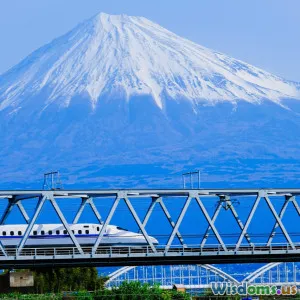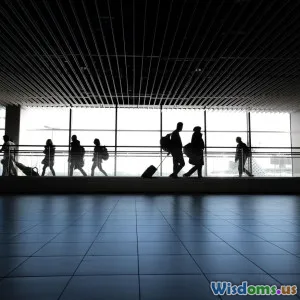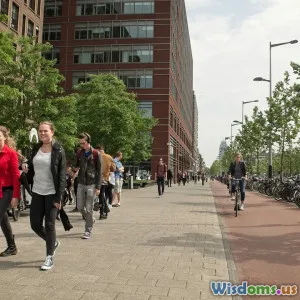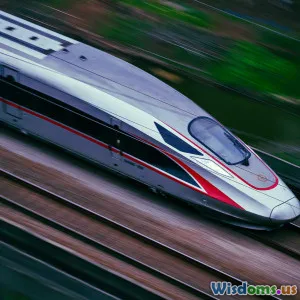
Why Do High Speed Trains Cut Commute Time Dramatically
16 min read Explore how high speed trains dramatically reduce commute times through advanced technology, direct routes, and improved infrastructure. (0 Reviews)
Why Do High Speed Trains Cut Commute Time Dramatically?
Imagine living in a sprawling megacity, where the morning rush hour often feels like an unpredictable obstacle course filled with stoplights and traffic jams. Now, picture boarding a sleek train that whisks you across state lines faster than you could drive across town, all while sipping your coffee and answering a few emails. This is not science fiction—it's the daily reality for millions across Asia and Europe, increasingly so in other parts of the world. High speed trains have transformed what commutes mean for businesspeople, students, and families. But what lies behind their time-saving magic?
Engineering Wonders: The Blueprint Behind Velocity
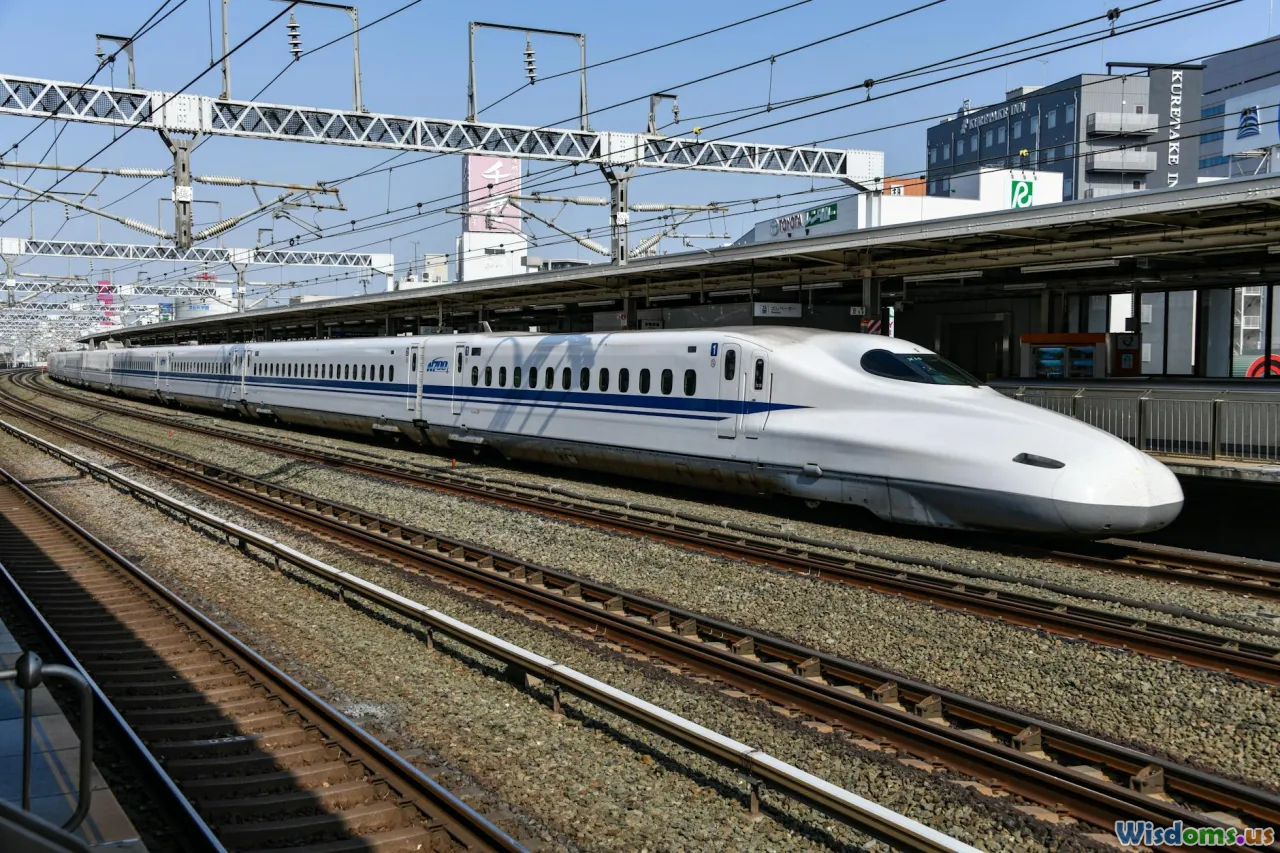
The dramatic reduction in commute time provided by high speed trains begins at the drawing board. Traditional trains typically reach maximum speeds of about 160 km/h (99 mph), while high speed trains regularly cruise at velocities between 250 and 350 km/h (155–217 mph). Take Japan’s Shinkansen “bullet train” as a concrete example: it connects Tokyo and Osaka—a journey of over 500 km (about 310 miles)—in just 2 hours and 30 minutes. By car, the same route could easily take six hours or more, not accounting for traffic.
There are several engineering advancements that explain these remarkable speeds:
- Dedicated Tracks: High speed trains run on exclusive tracks, often built straight through countryside and tunnels, minimizing sharp curves that would necessitate slower speeds.
- Aerodynamics: Bullet-shaped noses, smooth shells, and undercarriage fairings reduce air resistance, enabling higher speed without excessive energy consumption.
- Advanced Suspension: Even at breakneck speeds, ride comfort is preserved through complex suspension systems and active tilt technologies, allowing trains to hug curves and prevent derailments.
- Precise Signaling Technology: With digital signaling, trains safely run at close intervals, reducing wait times and increasing frequency.
These technologies, developed over decades, have reinvigorated city connections once thought too lengthy for daily travel.
Direct City Center Connections: Eliminating the 'Last Mile' Hassle
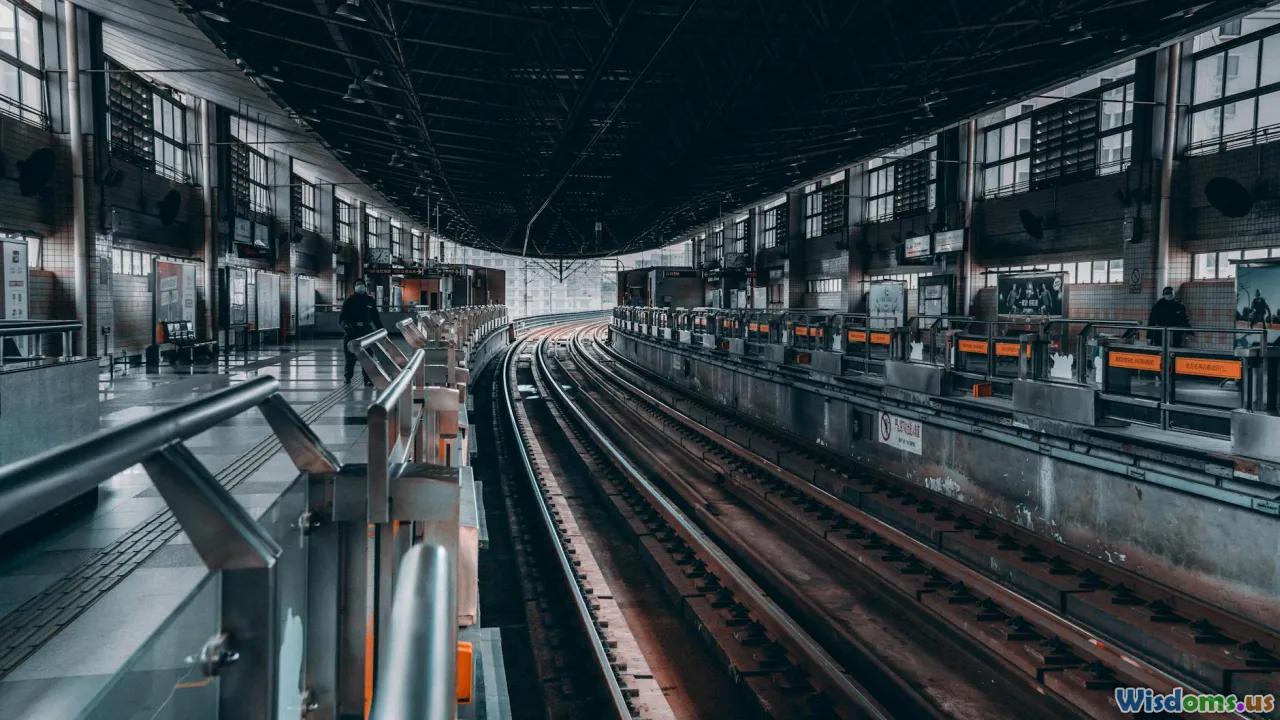
Unlike airports, which often exist on the urban perimeter, high speed rail networks anchor their stations in city centers. For example, a traveler going from London to Paris via Eurostar boards at St Pancras International and disembarks at Gare du Nord—both of which are seamlessly integrated into local subway and bus systems. Compare this to aerial transportation, where time is eaten up by check-in, security lines, and the trek to the airport, which may lie 25–50 km from the actual city.
This 'city-heart-to-city-heart' model removes secondary legs in the daily journey, which can easily add 30 minutes to an hour at each endpoint. Whether heading to a business district or a residential neighborhood, travelers save time thanks to direct links with public transit, cycling paths, and walkways.
Consider Shanghai: its high speed rail station is one subway stop away from the city’s core, connecting millions to not only intercity lines but also the urban pulse. The convenience snowballs into an ecosystem of short, efficient multi-modal commutes, superseding the fractured patchwork often faced by commuters driving or flying.
Speed Isn’t Just About Velocity: Frequency and Reliability as Game Changers
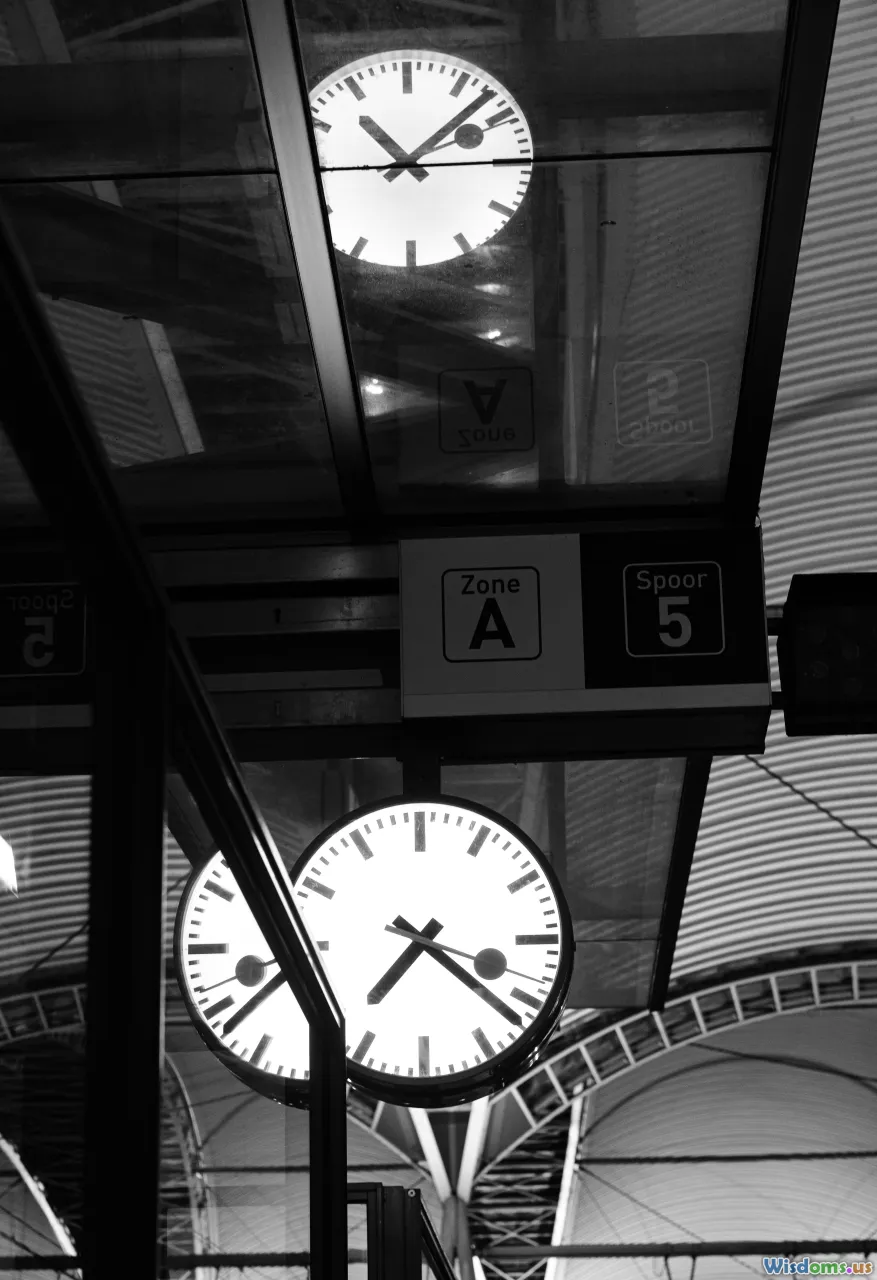
While raw speed is the most obvious time-saving factor, frequency and reliability are equally crucial. High speed rail operators pride themselves on 'clockface scheduling'—trains leaving multiple times each hour during rush periods. High profile routes, like Paris to Lyon in France, offer up to 34 trains per day, minimizing waiting times as passengers can arrive and board a train much like hailing a city bus.
Punctuality statistics are just as impressive. The Japanese Shinkansen is renowned for its annual average delays measured in seconds, not minutes. In 2022, the average delay per train was under 24 seconds. Buses or planes, by contrast, can be delayed by traffic snarls or adverse weather, even long before departure. This dependability fosters trust among commuters, making tight connections and a fixed work schedule feasible, leading many to shift from the stress of road-based travel to rail.
Minimizing Bottlenecks: Infrastructure Investments that Matter
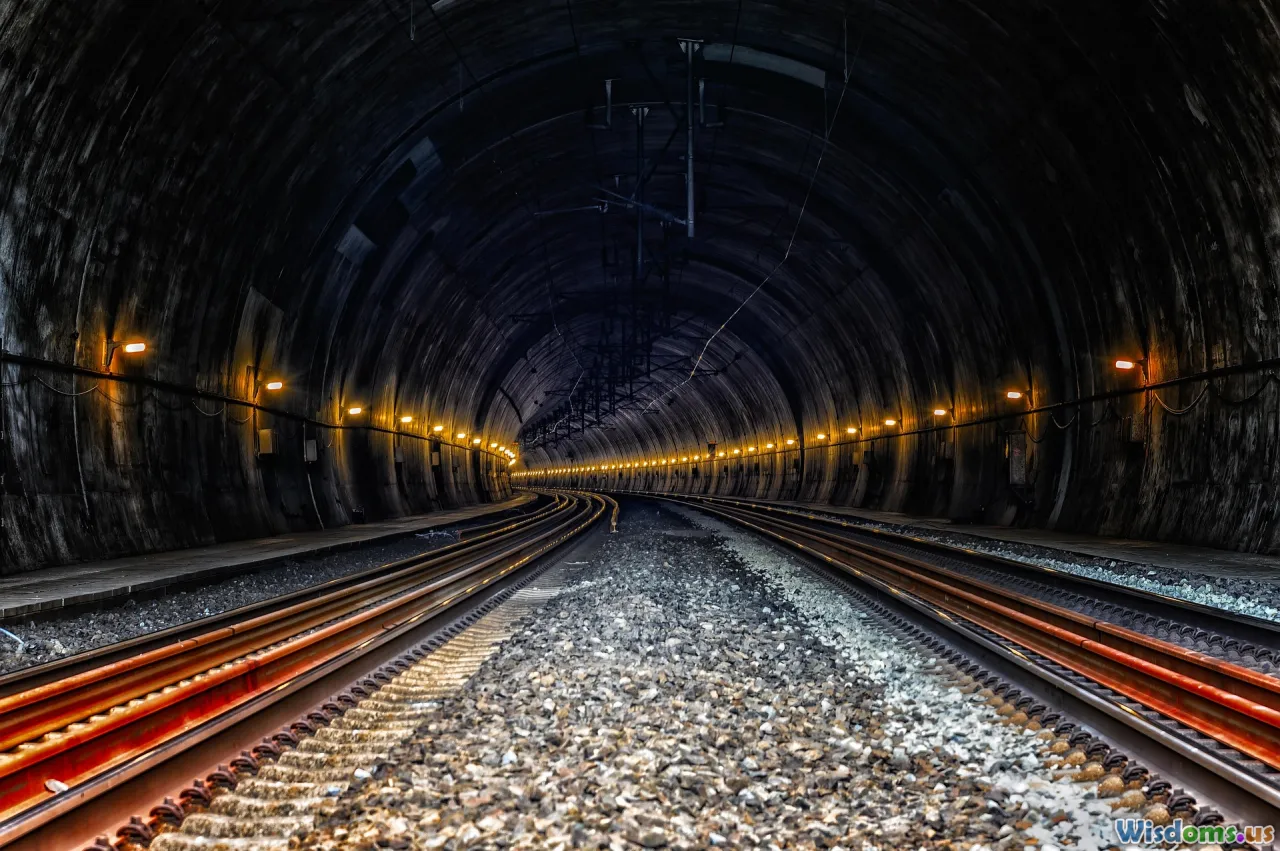
High speed trains rely on cutting-edge infrastructure that simply doesn't exist on regular commuter roads or even slower rail lines. Crucial aspects include:
- Few Intersections: Grade separation (bridges and tunnels) eliminates crossings with roads, minimizing delays due to vehicles and pedestrians.
- Signal Priority: Whereas ordinary rail must allow for goods trains or local services, high speed lines are typically reserved for express passenger services, maximizing line capacity.
- Meticulous Maintenance: Dedicated maintenance windows and robust construction mean fewer breakdowns or disruptions, translating into almost uninterrupted service.
Spain’s AVE, for example, connects Madrid and Barcelona in just 2 hours 30 minutes over a 600 km course, almost an hour faster than the fastest commercial flights when accounting for airport procedures. Continuous investment has reduced potential choke points, and annual upgrades further harden the system against snow, rain, and heat.
Comparative Case Study: Road, Air, and Rail
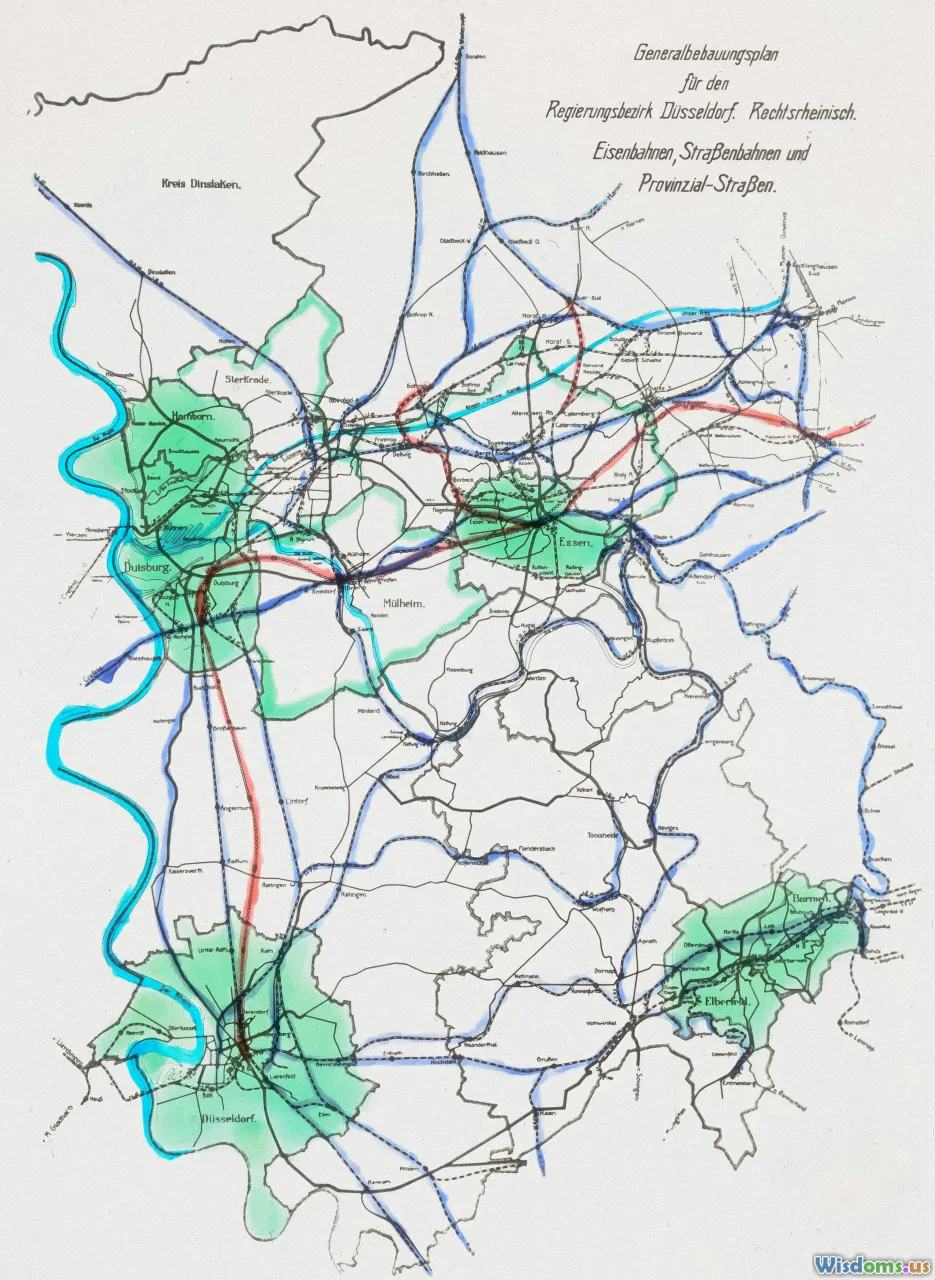
Let’s consider the journey from Beijing to Tianjin, a distance of about 120 km (75 miles):
- By Car: unpredictable, ranging from 1.5 to 3 hours, depending on urban traffic snarls at both ends.
- By Plane: approximately a 1-hour flight, but airport transit, check-in, and transfer combine to a total journey time of nearly 3 hours.
- By High Speed Train (CRH): 30–40 minutes station-to-station, at over 300 km/h, with frequent departures and minimal terminal time.
Across many global cities—Madrid-Seville, Paris-Brussels, Tokyo-Nagoya—the rail advantage is clear not only in cruising speed, but also in reducing what’s known as ‘dwell time’ (delays at stops, or transfer penance) thanks to efficient boarding and proximity.
Urban-Rural Synergy: Revitalizing Towns and Expanding Labor Markets
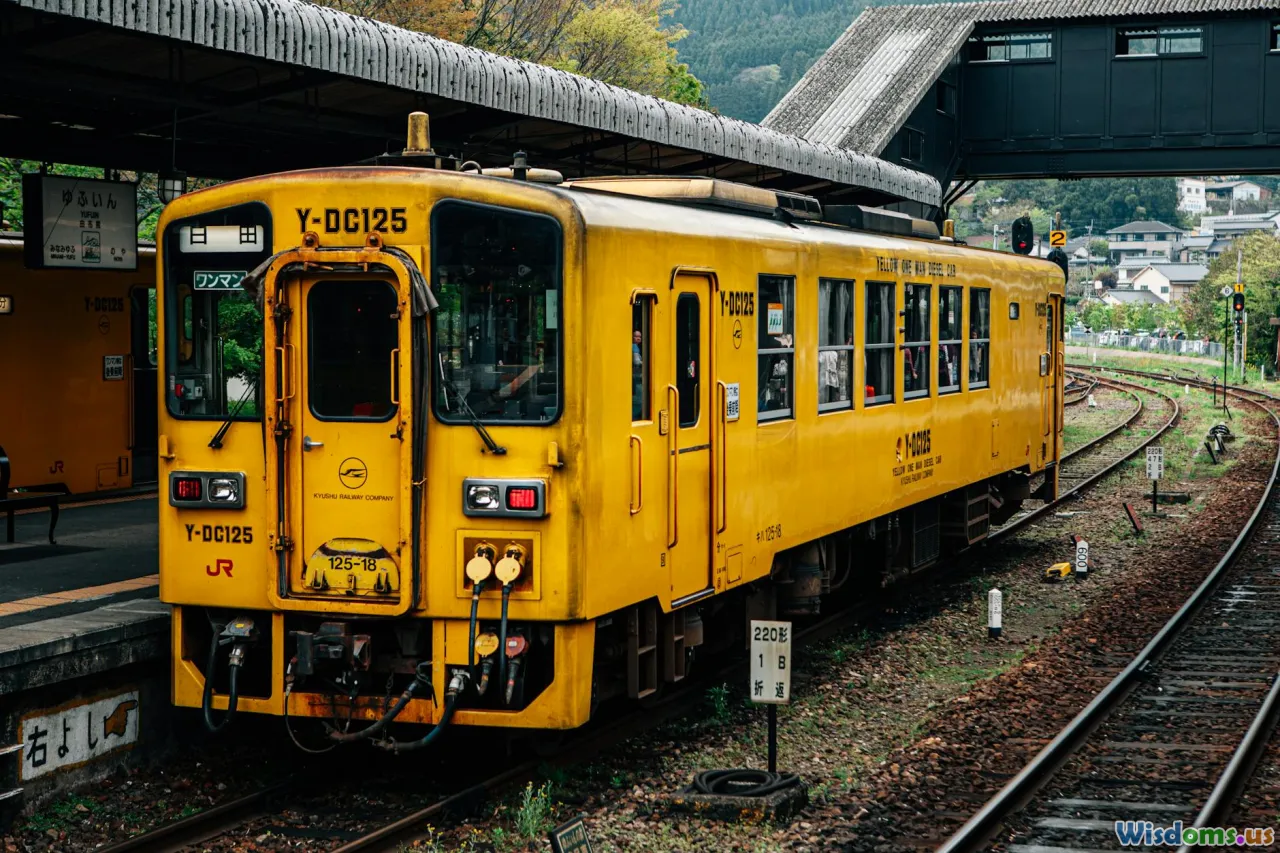
Fast trains not only save established city dwellers time, they also weave smaller towns and rural areas into big city economies. In France, the TGV lowered the Rennes–Paris trip from four hours to 90 minutes, making daily commutes feasible for thousands of professionals. Land near stations rose in value, local businesses gained traffic, and companies could hire from a wider pool.
Similarly, in Germany, the ICE network enables residents in cities like Kassel to access opportunities in Frankfurt or Düsseldorf daily with ease. These routes foster 'commuter belts' much larger than seen pre-high speed rail, reducing pressures of overpopulation in metropolitan cores and spreading economic opportunity.
Sustainability Adds to Efficiency: Green Fast Tracks Save Time and Planet

Cutting commute times isn’t only about velocity—environmental efficiency is crucial to systemic time-saving. High speed trains, unlike cars or planes, can pack hundreds of passengers aboard a single energy-efficient journey, powered by electricity often sourced from renewables.
For example, France’s SNCF reported that its TGV services produce just 3 grams of CO2 per passenger per kilometer—compared to up to 230 grams for short-haul flights and 55–80 grams for car commutes. Fewer delays are caused by weather-related closures: modern lines are designed to run in virtually all conditions, sidestepping the increasing unpredictability that climate change brings to roads and air airports.
Moreover, combining digital ticketing, multimodal journey planning, and real-time updates slashes total trip times, reducing stress and maximizing time spent productively or at leisure.
Innovative Ticketing and Seamless Transitions: No More Wasted Queues

One under-appreciated element in speedier commutes is the modernization of ticketing and boarding. Today’s high speed rail networks deploy:
- E-tickets and Mobile Boarding: Just like airline boarding passes, digital tickets mean travelers can hop aboard with little more than a QR code on their phone, eliminating long lines at ticket counters.
- Integrated Transit Cards: In places like Switzerland and Japan, single cards or apps cover everything from urban subway to intercity express, vastly simplifying transfers.
- Real-time Updates: Apps provide live coach positions for efficient boarding—no rushing to catch a specific door or confusion along crowded platforms.
This integration ensures not only speed on the rails, but smooth transitions from one leg of the journey to another—a critical difference for anyone balancing childcare, work obligations, or the ticking clock of a day’s commitments.
The Human Impact: Transforming Lifestyles and Regional Identity
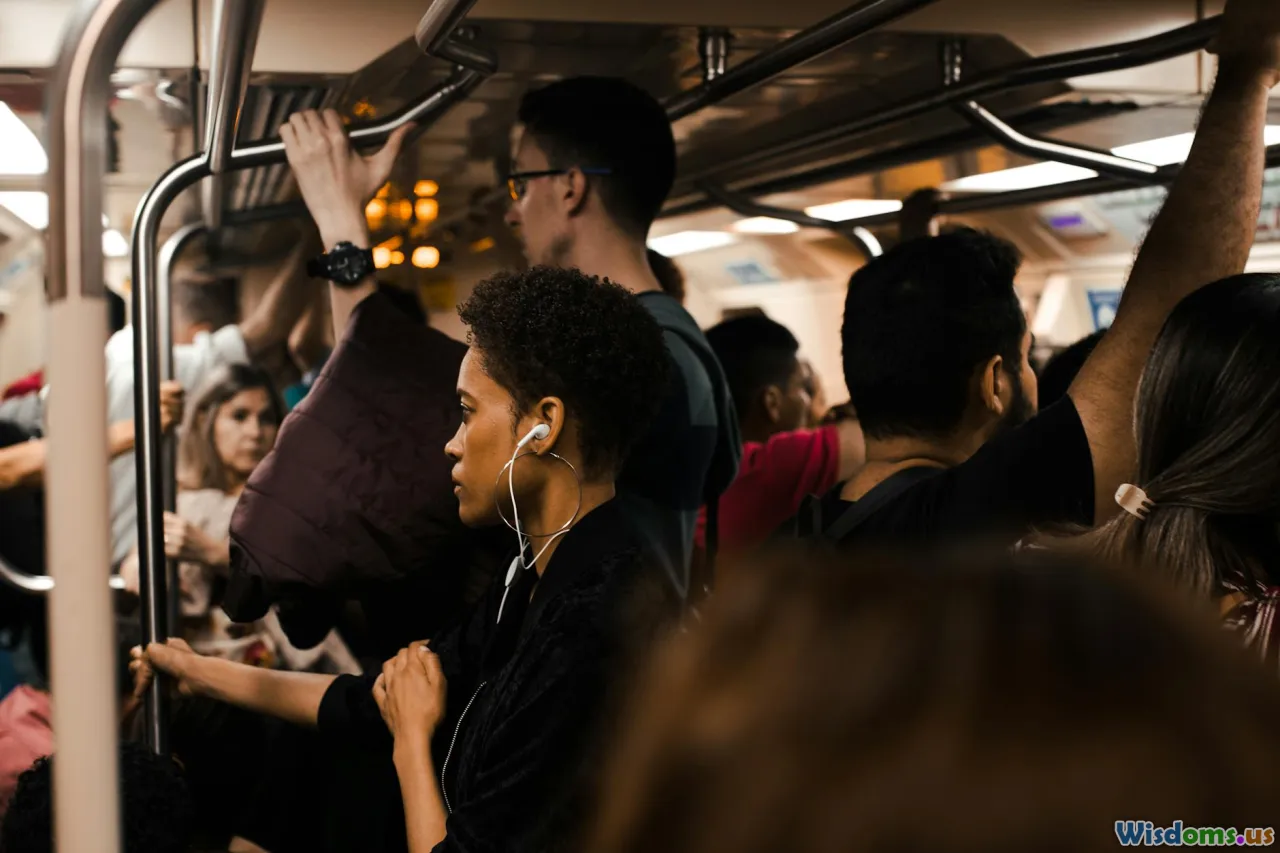
Perhaps the most striking effect of high speed train commutes is their impact on real lives. Two decades ago, living in the countryside and working in the capital was the exception—now, it’s the norm for thousands. Commuters in Spain report spending more time with family, sleeping an hour later in the morning, and reading or working on board—benefits that simply don’t exist while stuck behind the wheel.
Countless surveys, such as a 2021 Dutch Rail study, outline improved well-being, lowered commuter stress, and more productive work. Politically and culturally, regions claim fresh prominence. Once peripheral towns become vibrant neighborhoods of a broader, connected region. Someone might take breakfast in Lyon and meet a client in Geneva before returning home for a family dinner—seamlessly.
Looking Ahead: Global Expansion and the Promise for Tomorrow
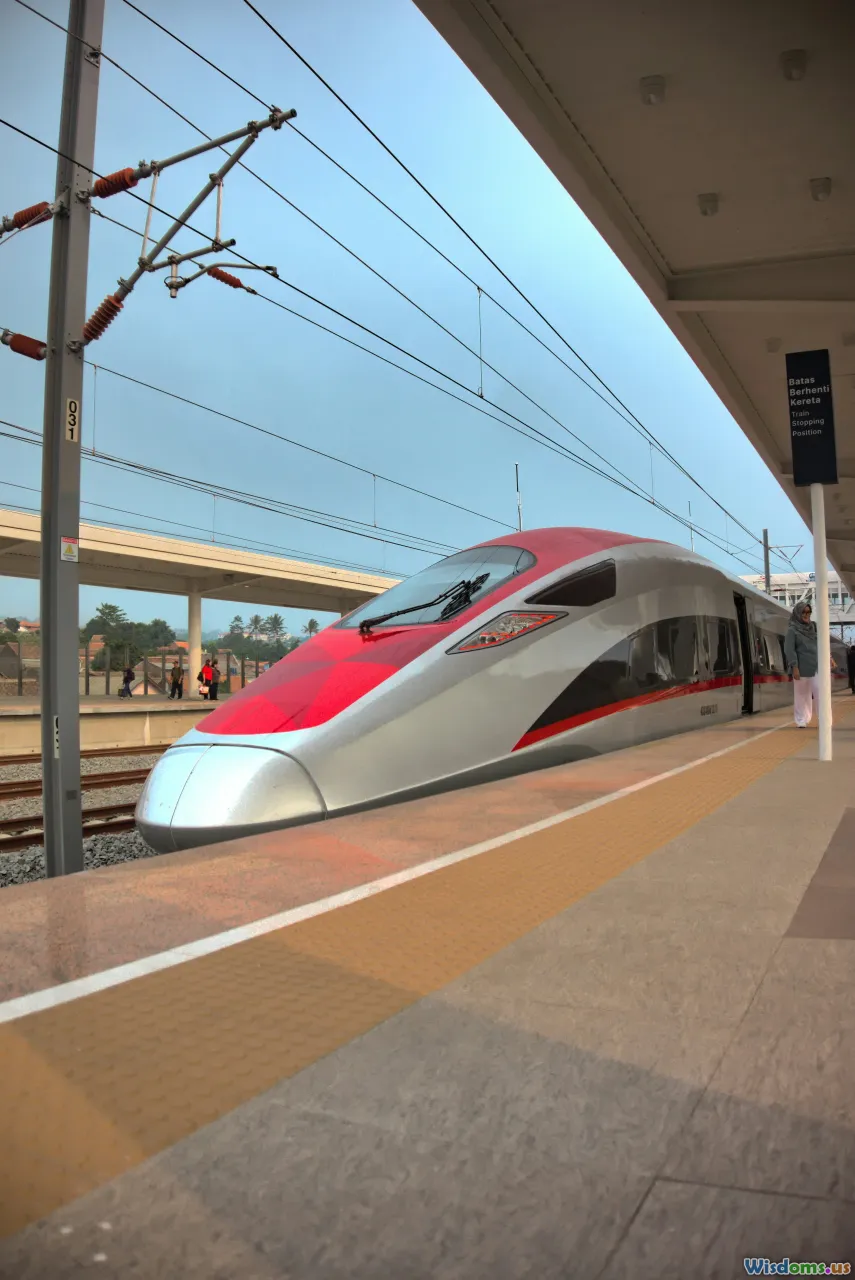
The next decade holds tremendous promise. Networks continue to expand: Indonesia launched Southeast Asia's first high speed rail in 2023, while India, the US, and Morocco push forward with new projects. Advances such as maglev (magnetic levitation) trains, already in experimental stage in Japan and China, aim to break the 600 km/h barrier—potentially shrinking major commutes to an hour or less.
New priorities like climate resilience, universal design for accessibility, and better digital integration promise faster, cheaper, and more inclusive services. High speed rail is more than just an upgrade—it's a holistic rethink of urban-rural relationships, work culture, and even family life.
In summary, high speed trains dramatically cut commute times not just by moving faster, but by leveraging clever design, reliability, integration, and people-centered service. For cities of the future—and the people connecting them—they offer an unmatched blend of velocity, convenience, and possibility.
Rate the Post
User Reviews
Popular Posts










